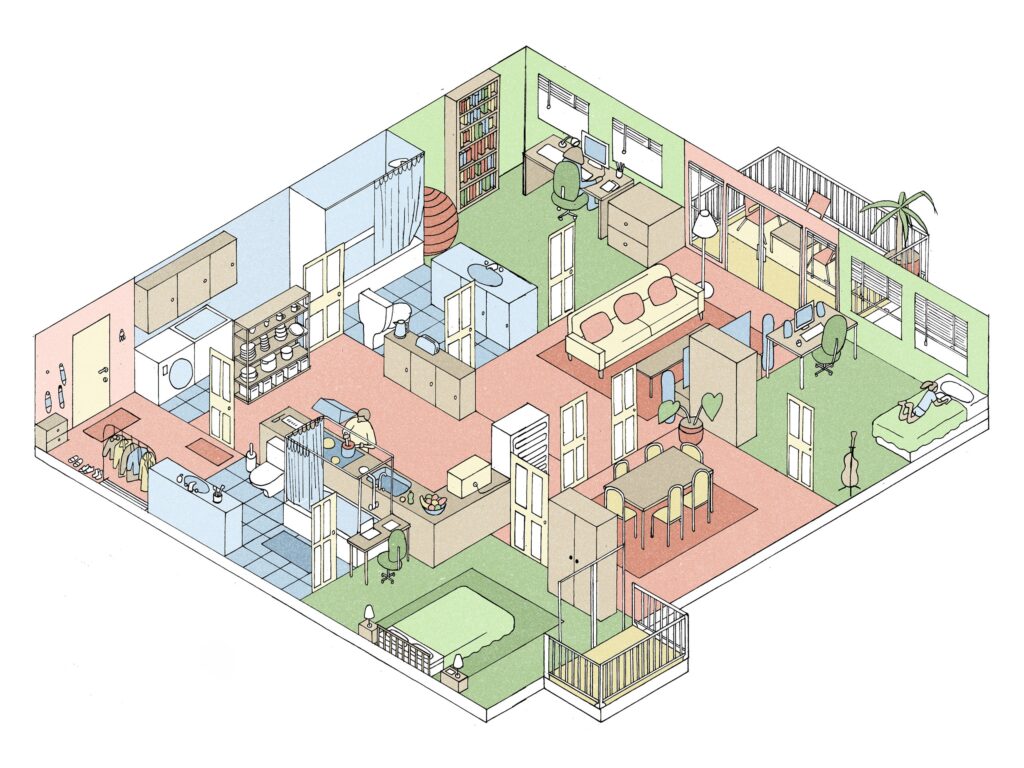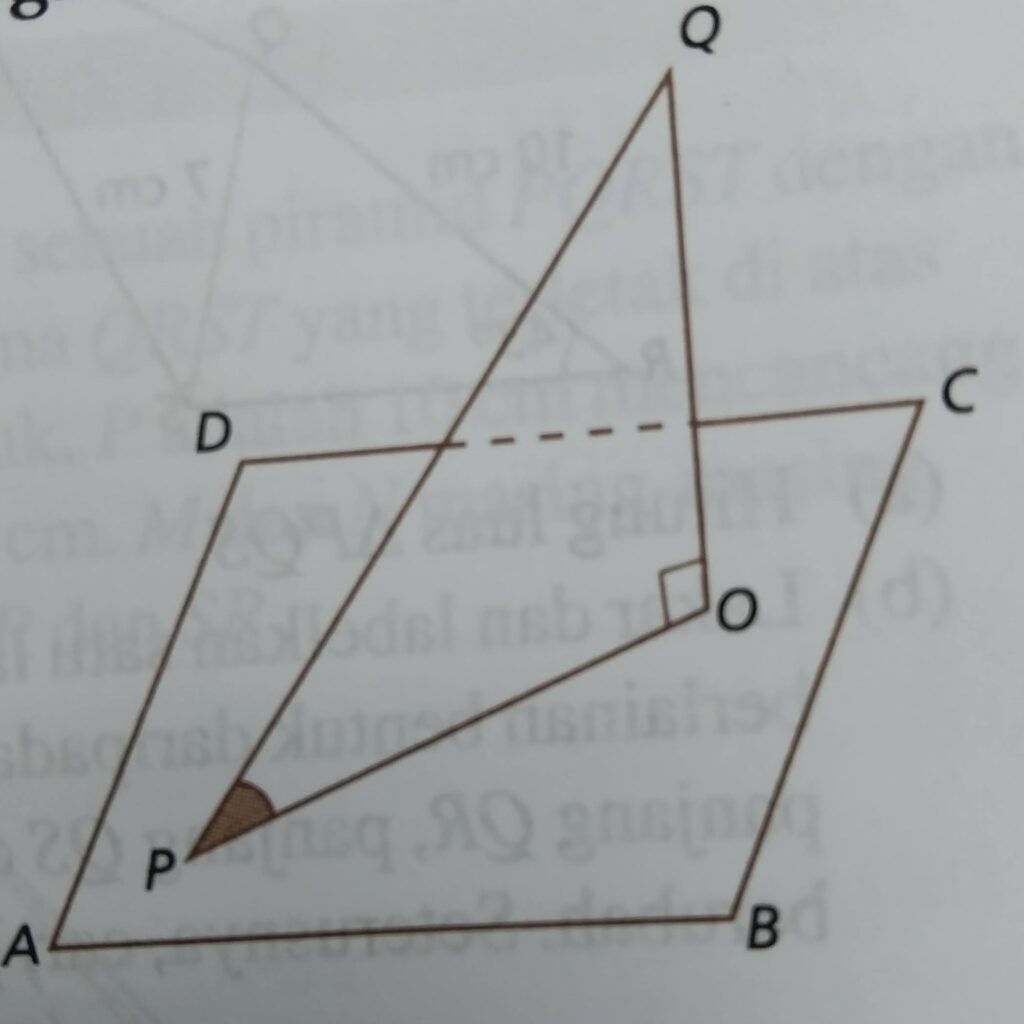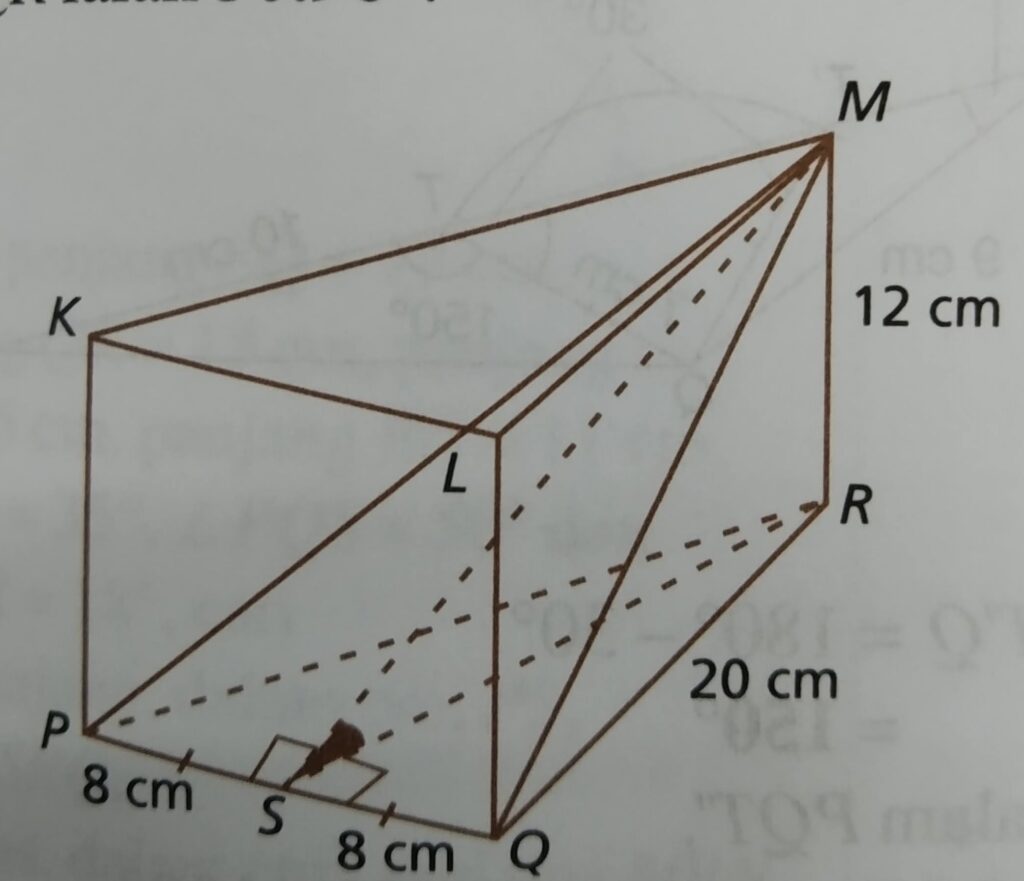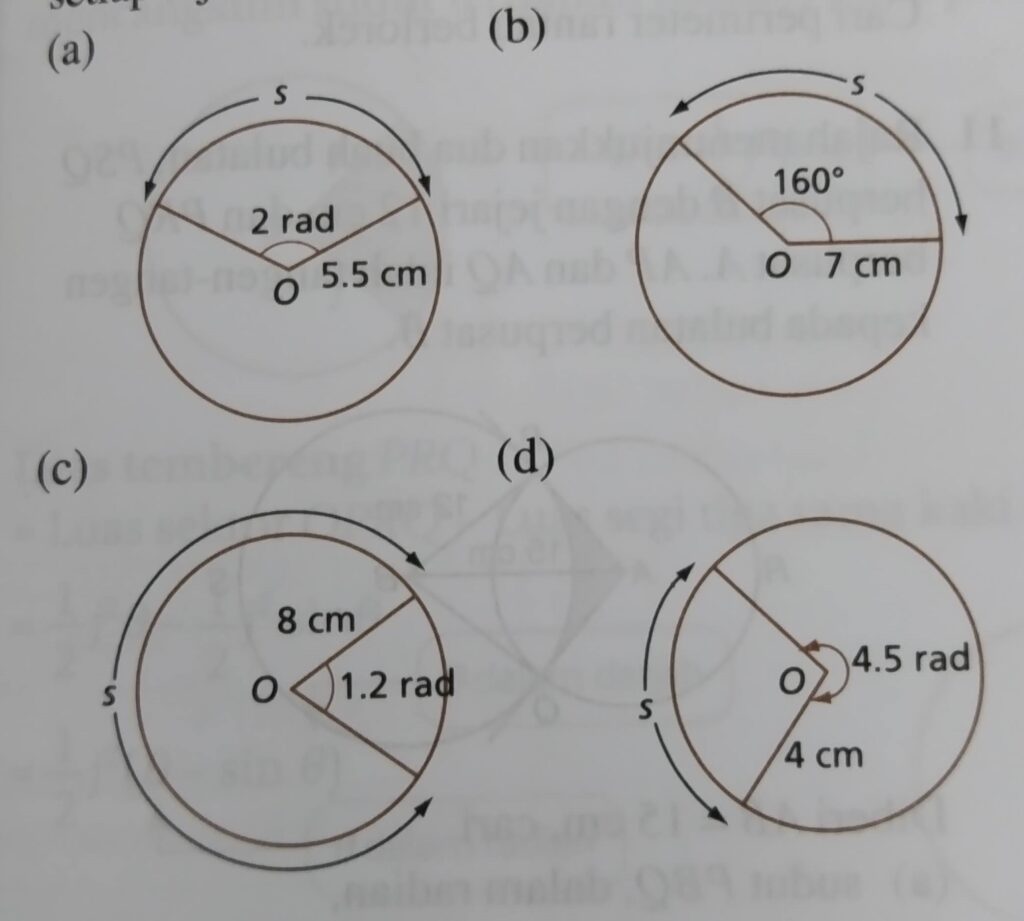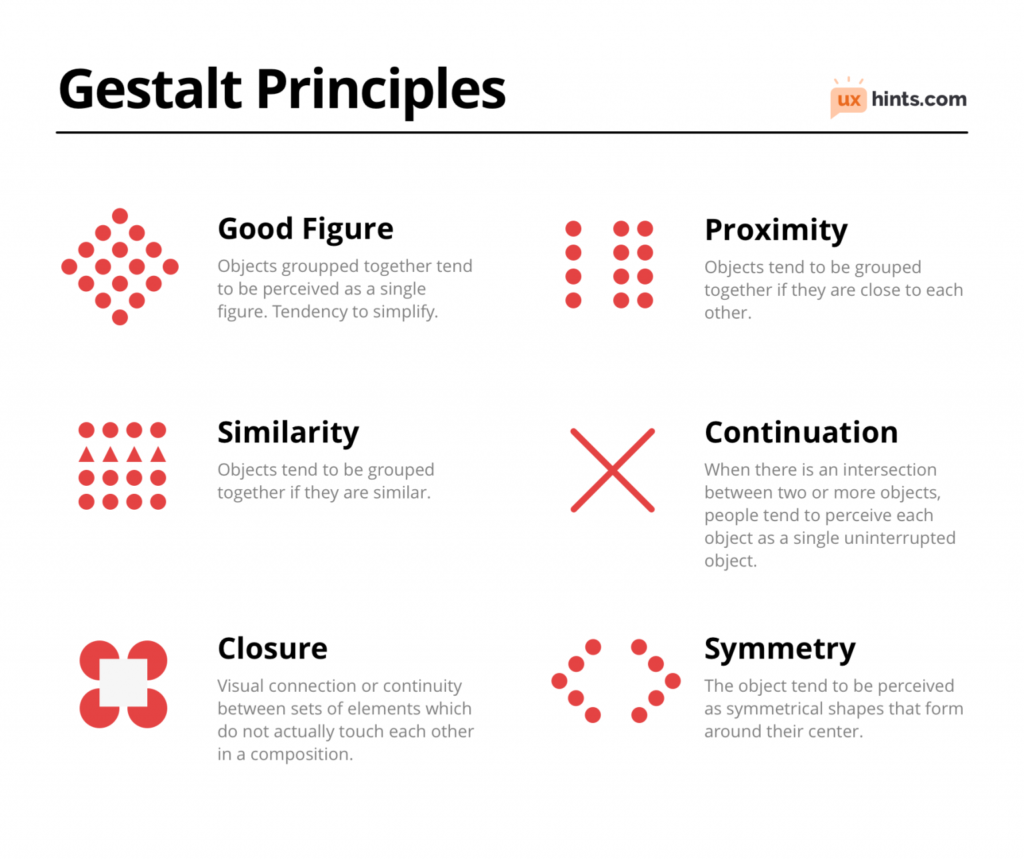NALI 2020
Hello friends, here is our NALI 2020 submission video. sit back and enjoy.
Managing your PhD Studies
PhD can be a long and difficult road, not to mention challenging and can get extremely lonely. Occasionally you will find those who breeze through the whole process, but for many, it is an unbelievably difficult uphill climb BUT, once you get to the end of it, you will feel an extreme sense of achievement and calm. For those of you who are feeling stuck and feel like they are not making much progress, I would like to share with you some tips that I got while I was doing my own phd in London from 2011-2014. This advice is more suited for those in the humanities field because research with lab work (which I believe to be different in nature) would require a different set of advice.
Topic selection
Choose a topic that you are interested in. you will be working with this topic for approximately four years. You need to find everything you can (literally mining down to every minute detail) about the background of the topic and in the end setting your own contribution to the topic. The trend for research within the area of education in Malaysia is usually focused on development of module, model, program to contribute to the change in teaching and learning delivery in Malaysia. Personally, I feel that this is very interesting because your contribution will be something tangible that other people can immediately use in their practises as teachers. There is also opportunity for you extend your contribution such to app form, or from model to module and so forth and your face will be the face of the new ‘product’ you invented. So be proud!
Introduce yourself to phd work
Spend time in the library and look up recent phd thesis. Get used to the style of writing and try to compare between good and not so good phd thesis. If you find a thesis that is along the lines of your research interest, then look at the references they have used, the instruments and the research design.
Selection of supervisor
Some people talk about selecting supervisors who are well known in the field you are in. But, sometimes this could mean that you are very much left alone in your struggles because he or she could be very busy. Personally, I think it is a good idea if you select a supervisor who you have ‘chemistry’ with. Someone you can get along with, you respect and also who can understand your needs. Some students might prefer a supervisor who is little bit on the strict side, but for me, I think mutual respect is important as I believe that PhD students are adults and so should be treated as one.
If you’re not sure yet, you can drop the potential supervisor an email (as I did). He or she would be more than happy to reply to your questions and concerns and from there you can start to gauge if he or she is suited to you.
Time allocation
If you are a full time student, you should make your phd your number one priority. You can think of it as your full time job where you can really focus on something that you are truly interested in and it will also be a significant contribution. In the beginning of my own studies, I tried to do 8 hours a day, but this was nearly impossible. So I found that 6 hours a day of work was more manageable and went for 3 hours in the morning 9-12 then 3 in the afternoon 2-5. If I had not reached that target by that time, I would work on it about an hour at night.
Sometimes, if I was just having difficulty to focus, I would time myself, just so I get sooome work for the day if not much. Or if it was just too difficult, I would just tell myself, I’m just going to do this, then I will take a walk outside or do the laundry, by then I hope that I can focus.
Also, if you have the privilege to have won a scholarship or to be paid by a research grant, it only makes sense for you to be fully committed to your studies so that you are working based on the money you are paid for.
I f you do have children, as many PhD students do, it is a good idea to arrange for babysitting because with little ones, it is almost difficult to concentrate (I find this with my babies as well). So try to arrange for time in a week where you can really sit and focus on your work in quiet and times when you can still do the work even with all that’s going on around you. You probably need more quiet when you are writing and you can do reading and thinking while you are with your children.
If you don’t have kids yet, then this is the best time for you to simple concentrate on your work. Parents, sisters, brothers, nieces and nephews would have an easier time understanding your workload as a phd student. If you find that you still struggle with time, it might be a good idea to sit down and talk to your family members about your responsibility and needs as a phD student.
In UTM it is highly encouraged that you submit your proposal by the end of the third semester and your draft for viva by your ninth semester. Logically, this means that you get only one semester per chapter. This can feel overwhelming, but if you truly focus and spend the six hours a day on weekdays on your work, and write a little everyday, it is quite possible to achieve this.
Write a little everyday
80% of Phd work (especially in the humanities field) involves writing and Tone of the best advice I received before I did my phd was to write a little everyday. Even half a paragraph a day would mean about 150 pages a year which is 450 pages in 3 years! Of course, not all of your writing will be included in the final draft, but once you start writing, then you and your supervisor can see how you are thinking, what is still missing in your study, whether your justifications are suitable or not and he or she can guide you better. If you delay the writing process, you are simply delaying your PhD progress. There comes a time when you might get writer’s block. But, for me you should just force yourself to write even a little bit. So, start writing and write a little everyday!!
How often to meet up with supervisor
In my own experience, in the beginning I would meet up with my supervisor once every two weeks, but once you have laid out the foundations of the your study and the varibales and connections are clear, once a month is sufficient.
Make friends
PhD can be an extremely long and difficult road and it can get lonely. So, make friends with fellow phd students. Know who your colleagues are and support each other throughout the journey. It might not be a good idea to get so emotionally attached to your phD friends as everyone is under quite a high level of stress. But it, is a good idea to have some support from the friends around you.
So there, you have it, my advice for all phD students out there. Good luck and wish you all the best. I know you can do it. You don’t need to be smart to get your phd, what you need is diligence, hard work, acceptance of comments and commitment. InsyaAllah I pray you will get there soon.
Teaching mathematics with gestalt psychology
topic: pelan dan dongakan
Induction set:
Show different examples of shapes and designs in three dimensions.
Ask them:
- what is hidden and what can be seen up front?
- ask students to describe what they can see such as dotted lines?
- ask them to describe what objects are near and which are further apart?
- ask them what is in the foregorund and what is in the background
Introduce gestalt psychology principles and relate the principles to the pictures such as how each law can be observered in the pictures.
Activity 1
Relate gestalt principles to mathematical shapes commonly observed in mathematics textbooks:
figure-ground law
closure
proximity
continuation
proximity
Activity 2
Problem solving which applies gestalt principles
Individual project:
show different logos and find hidden objects, or shapes in the logos and relate them to gestalt principles.
ask students to design their own company logo and make sure it fulfills several of the gestalt principles
ask students to include in one 3 dimensional shape in the logo
images taken from:
https://www.deviantart.com/fireflyalpha/art/3D-Shapes-356578331
http://at.depaceimpiantisrl.it/inkscape-3d-surface.html
https://www.newyorker.com/culture/dept-of-design/how-the-coronavirus-will-reshape-architecture
Gestalt Psychology
What is it?
Gestalt psychology
A lot of people percieve that Gestalt psychology is psychological principles that were developed by a person named Gestalt. In fact, Gestalt is actually a german word which means ‘shape, figure or form’. Sometimes, it is also interpreted as ‘pattern’ or ‘configuration’.
One of the most famous Gestalt quote is that ‘the whole is greater than it’s parts’. However, some have mentioned that this statement has been misquoted and it is originally ‘the whole is other than the sum of it’s parts’. Gestalt psychology has been influential and monumental in many fields such as design such as the design of logos, websites and social media sites, architecture such as in creating depth and space and in social psychology.
The gestalt psychology school of thought looks at the human mind and behavior as a whole. The overarching assumption of Gestalt psychology is that when we try to make sense of the world around us, we do not simply focus on every small component. Instead, our minds tend to perceive objects as part of a greater whole and as elements of more complex systems. This school of psychology played a major role in the modern development of the study of human sensation and perception.
who are the founders?
the main founder of gestalt psychology is Max Wetheimer. But, he also attrIbuted fundamental research by Wolfgang Kohler and Kurt Koffka on their work on the movement of objects to Gestalt Psychology . Together, they formed the Gestalt School.
Gestalt Principles
In this topic, we will be focused on gestalt principles as these are closest to the teaching and learning of mathematics. Gestalt Principles are:
- Similarity – We tend to group similar items together
- Continuation – The law of continuity holds that points that are connected by straight or curving lines are seen in a way that follows the smoothest path.
- Closure – if something is missing in an otherwise complete figure, we will tend to add to it
- Proximity – The law of proximity suggests that objects near each other tend to be viewed as a group.
- Figure-ground – we seem to have an innate tendency to perceive one aspect of an event as the figure or fore-ground and the other as the ground or back-ground.
Image taken from: https://uxhints.com/visual-ui-design/gestalt-principles/
Strengths and weakness for mathematics teaching and learning
gestalt principles are actually applied in many mathematics topics especially in those that require visual perception such as in 3 dimensional shapes, geometry, and lines and angles and graphs. However, it’s application may be intrinsic which is usually in the process of drawing shapes and in complex problem solving that involves visualization. it is very rare to observe a mathematics class that applies the gestalt principles explicitly in the classroom.
Introducing gestalt principles into the math classroom can bring some benefits to students. One, is that it can allow students to observe how psychology is inherently involved in mathematics, specefically in those related to shapes and space. Another is that, it can allow students to observe how mathematics is applied in careers. In the future, students will use gestalt principles in architecture and advertising. In fact, in advertising, gestalt principles are central in the creative designs of company logos.
Example of teaching and learning mathematics incorporating gestalt principles
References:

